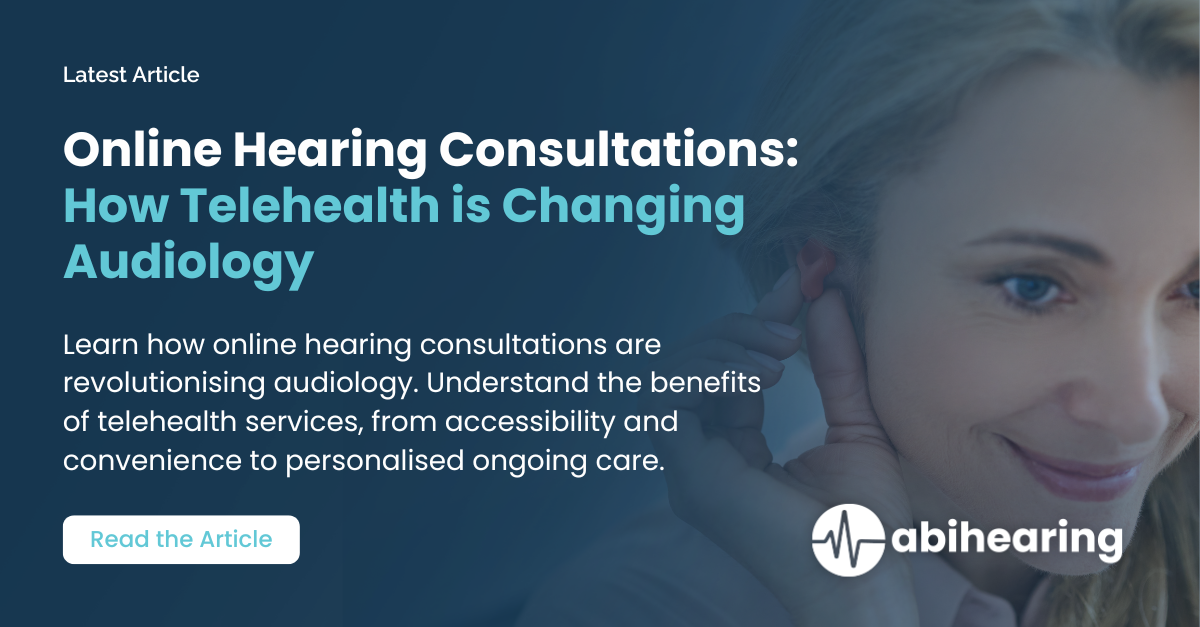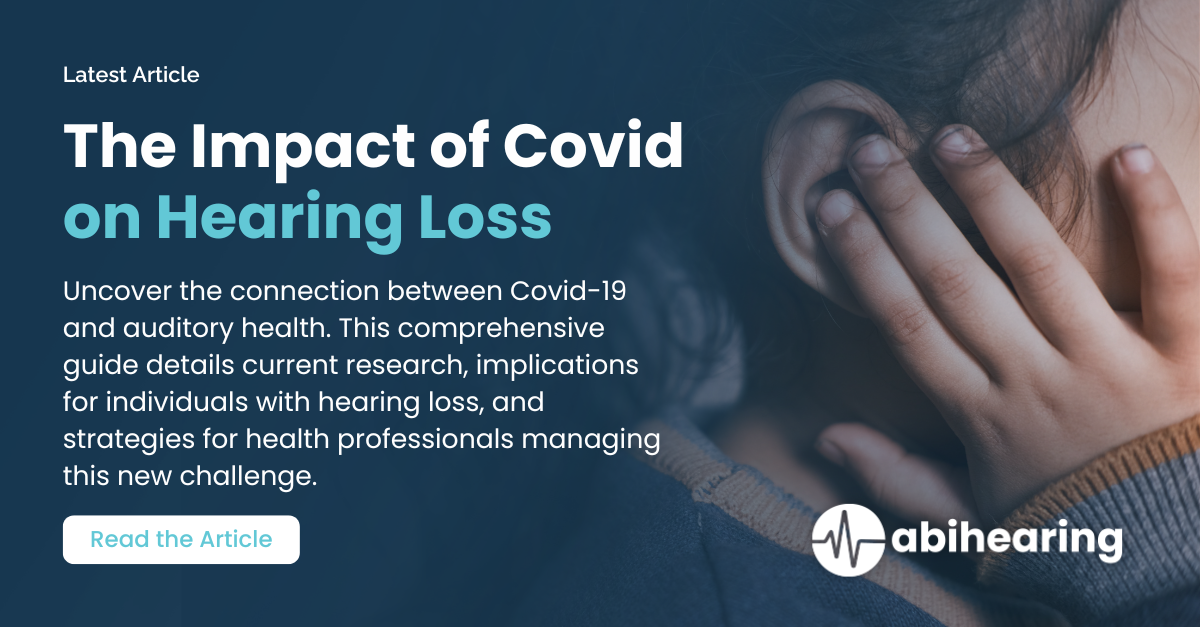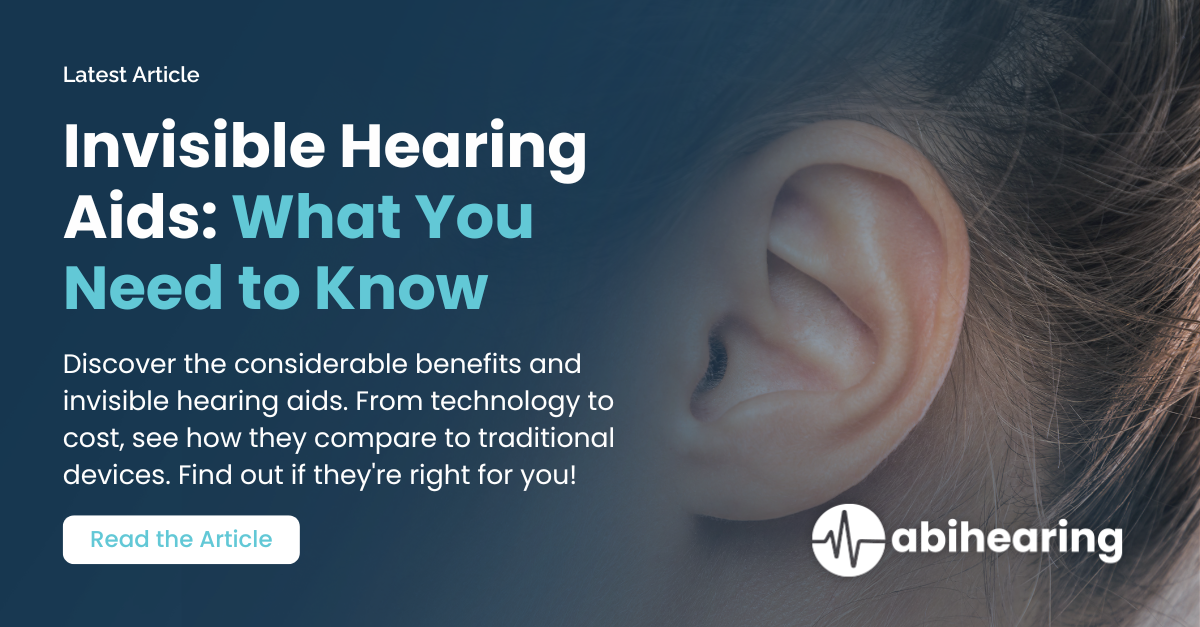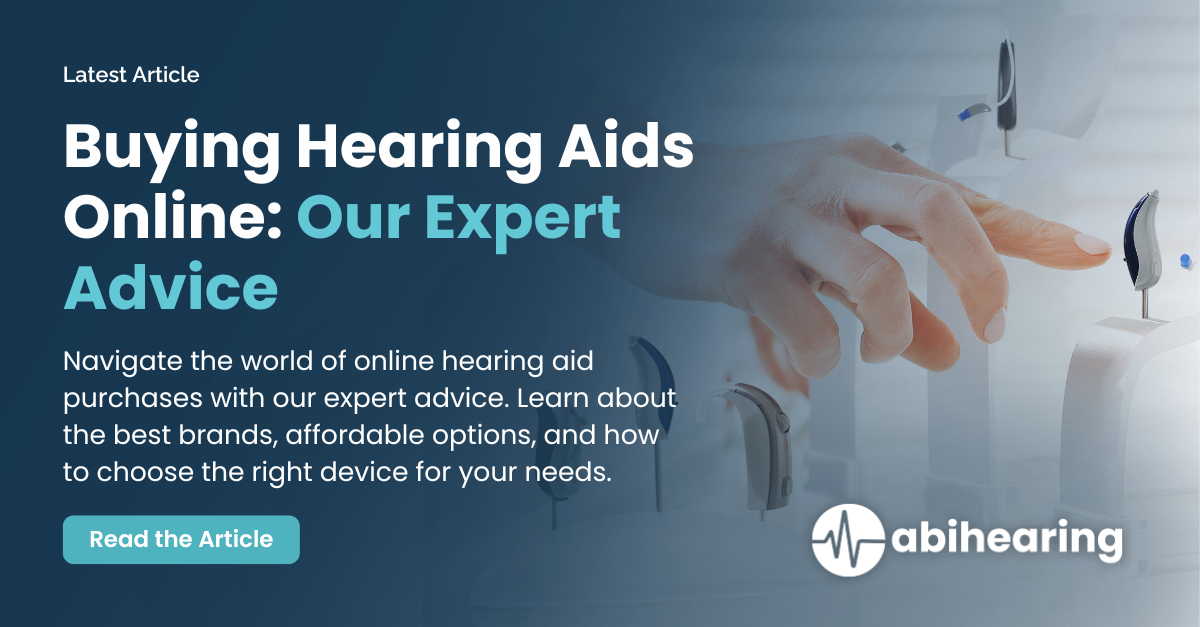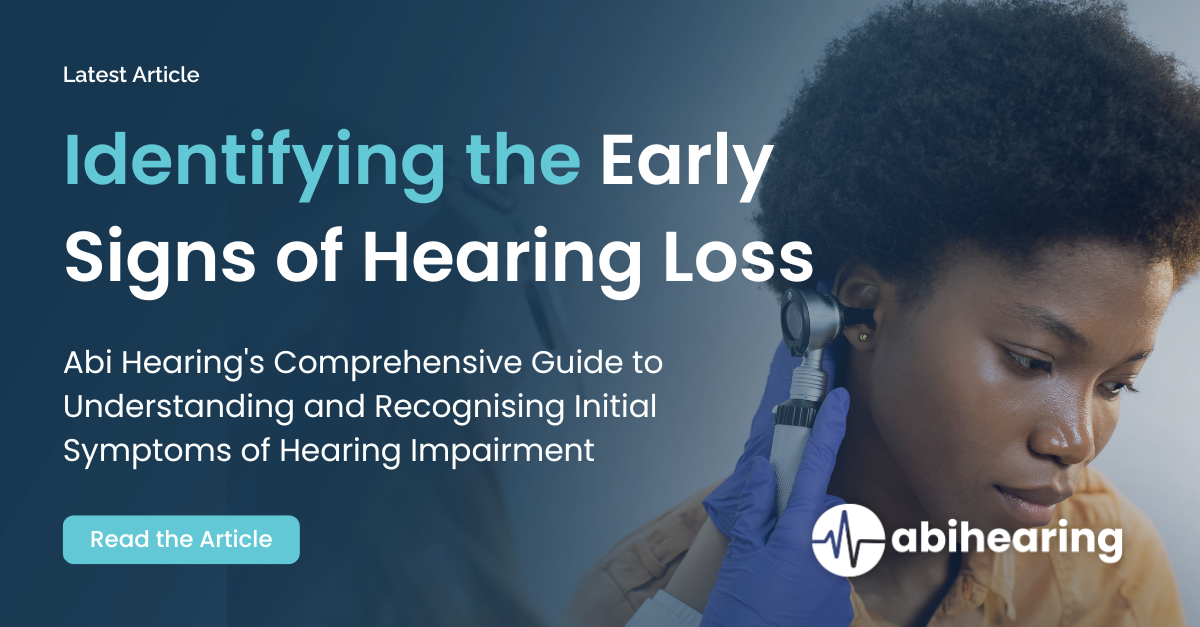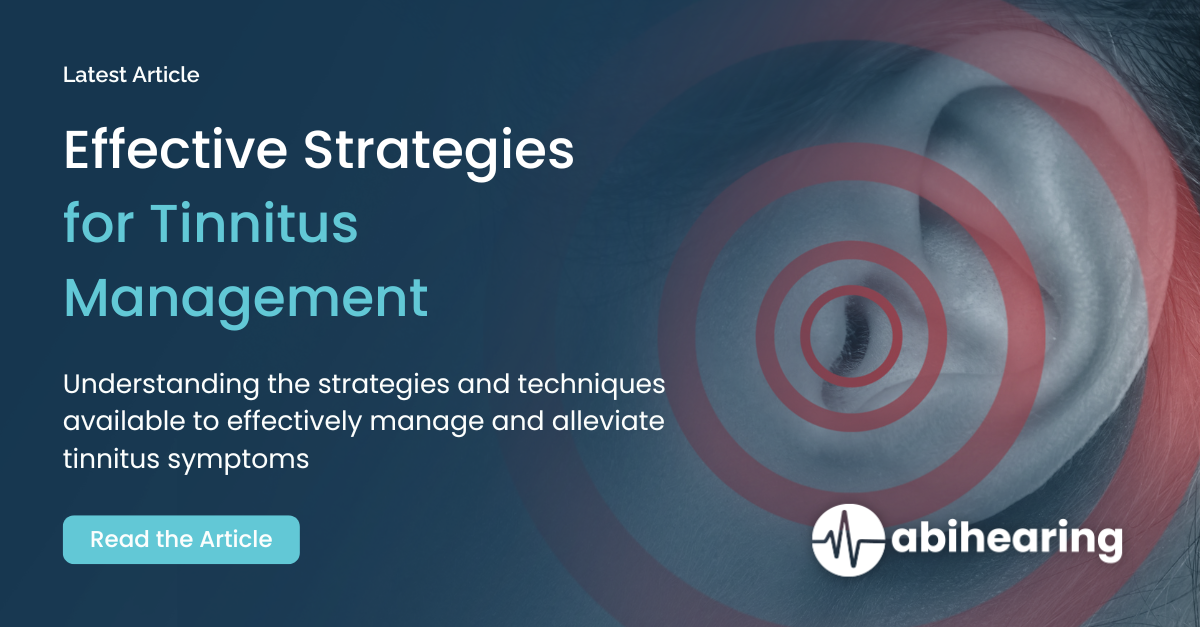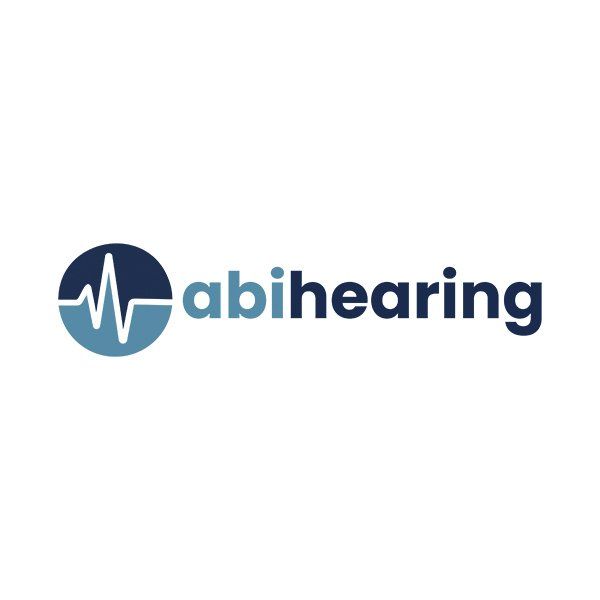Exploring the Symptoms, Causes and Treatment Options for Tinnitus
Tinnitus is a disorder that affects about 10% of the population and often has a negative impact on their day-to-day lives. Tinnitus can be very difficult to live with and patients often describe the sound as loud and bothersome. This article will explore how patients can manage tinnitus with different treatments or interventions.
What is Tinnitus?
Tinnitus is the perception or sensation of sound without any external sound input. This noise is typically a ringing, buzzing, or clicking sound. Tinnitus can be constant or intermittent. It can be very bothersome and affects people's lives in different ways.
Tinnitus is often caused by chronic ear infections, head injuries, or prolonged exposure to loud noise. The noise can be intermittent or continuous, depending on the cause. It is often present in people with hearing loss, but the noise can also be caused by chronic ear infections, head injuries and exposure to occupational or situational loud noise.
Exploring the Causes of Tinnitus
A person can develop tinnitus for many different reasons. Many people develop tinnitus after months or years of exposure to loud noises. Other causes include:
Earwax Build Up (Cerumen)
If you've been experiencing tinnitus, your earwax may be impacted. A blockage might be causing the noise to only happen in one ear. Earwax, or cerumen, is produced by glands in your ear which act as a defence mechanism inside your ear. The substance should just come out on its own but if it doesn’t the occasional wipe with tissue is all that’s really needed. Don't push objects like cotton swabs and bobby pins into the ear; this can lead to serious damage and pain.
Narrowing of the Eustachian Tube
Chronic blockage of the Eustachian tube is called Eustachian Tube Dysfunction. This can happen when the lining in your nose becomes irritated and inflamed, narrowing the Eustachian tube opening or its passageway. Illnesses like a common cold or influenza can cause this condition to occur.
Respiratory Disease Induced Tinnitus
Temporary hearing loss is often caused by diseases such as upper respiratory infections or an ear infection. If you have an upper respiratory infection, it may cause throat, nose and ear issues. It can cause pressure in these cavities, which can lead to ringing in your ears. Treatment for tinnitus varies depending on the underlying cause, but in most cases there are options available that have been proven to be effective at reducing the symptoms for a lot of people.
Treatment Options for Tinnitus
All tinnitus treatments aim to reduce your tinnitus burden by offering you relief - so that you can live a more comfortable life. Sensorineural hearing loss-related tinnitus is not yet curable. Ongoing research is making real progress for a cure, but there are currently no known options to completely eradicate tinnitus.
What Are My Options?
There are, however, excellent tools to help patients manage their condition; treatments that reduce the perceived intensity, frequency, and burden of tinnitus. The currently available treatments are not “cures” — they do not repair the root causes of tinnitus nor eliminate the tinnitus signal in the brain. Instead, they help with the mental and emotional effects of tinnitus. This directly impacts patients' by helping them to live better and more fulfilling lives. Some patients question the value of treatments that fall short of an absolute cure. We believe patients should do everything possible to lessen the burden of tinnitus until a definitive cure is found. Every patient and every case of tinnitus is different. Finding the best treatment for each individual is challenging because it depends on their unique needs. It's important to use a wide variety of treatments for tinnitus, as a single treatment option may not work just by itself.
There are many treatment strategies for tinnitus so it is important to find the one that best suits you. Abi Hearing Tinnitus experts can build a treatment strategy that you can discuss with your wider healthcare team.
Noise Suppression Treatment for Tinnitus
There are treatments to help alleviate symptoms, for example a device which suppresses the noise emitted by tinnitus. Such devices include:
Sound Masking Devices
These devices or applications provide a steady stream of white noise to mask distracting sounds. Sound machines are a great option for people with tinnitus because they can help reduce or completely mask sounds that cause it, providing temporary relief. The "classic" sound masker is a single-purpose table-top or bedside gadget with a variety of pre-programmed sound choices. However, nearly any sound-producing equipment, such as personal media players, computers, radios, and televisions, may be utilised to mask unwanted sounds. Electric fans or table fountains can also be used to create sound masking. In general, masking noises that generate pleasant emotional reactions in the patient are the most effective.Sound masking devices are typically only effective during or immediately after active use; they have very limited longer-term effectiveness in reducing overall perception of tinnitus.
Hearing Aids
Hearing aids are categorised as a form of sound therapy since they augment external noise to increase auditory stimulation and redirect attention away from tinnitus perception.
Modified-Sound / Notched-Music Devices
While commercial level sound machines offer a basic sound selection, a number of medical-grade devices offer more personalised sounds that are tailored to the patient's tinnitus. These devices play notched music or algorithmically manipulated sounds that accentuate particular frequencies and tones — frequently at a level that the listener isn't aware of. The function of these modified noises is said to vary depending on the product. Notched-music devices, unlike typical white noise generators, are worn intermittently (just during specific therapeutic sessions or times of anticipated acute need, such as before bed or immediately upon awakening) and give a more lasting effect when they are taken off. Notched-music and customised sound devices, unlike ordinary white noise machines, may reduce the perceived burden of tinnitus over time – even after they are switched off. Although the therapeutic efficacy of modified-sound and notched-music devices varies per product, many patients appear to benefit from them. In addition to the use of sound equipment, optimal outcomes are usually dependent on patient counselling and education.
Conclusion
Many of our patients are looking for a cure when it comes to treatment for their tinnitus. However, the reality is that there isn't one yet and in the meantime we have many tools at our disposal which can help lessen symptoms or suppress them altogether. It's important not to give up hope on finding a definitive cure but in the meantime, these neuroscience-based strategies should provide some relief from your symptoms.
If you're interested in learning more about any of the products mentioned above, please contact us today so we can discuss how they might be able to work with what you need!


